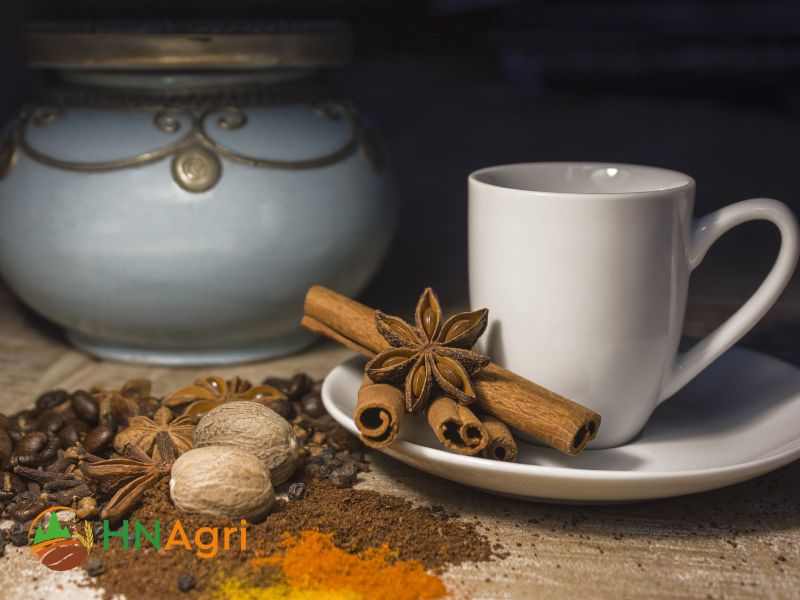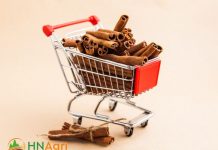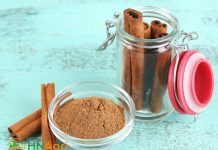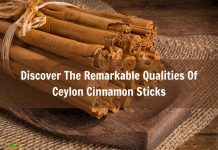Experience the magic of Vietnamese cinnamon production as we delve into the intricate process that nurtures nature’s gift for unparalleled taste. Discover the painstaking methods employed by skilled artisans as they harvest and process cinnamon bark.
1.The Rich History and Origins of Vietnamese Cinnamon Production
Let’s take a journey into the captivating world of Vietnamese cinnamon production, exploring its fascinating history and origins.
Vietnam’s favorable climate, fertile soil, and lush landscapes provide an ideal environment for cinnamon cultivation. The country’s cinnamon production primarily centers around the provinces of Quang Nam, Quang Ngai, and Thanh Hoa, where cinnamon trees thrive in the tropical conditions. The local farmers have honed their knowledge and techniques over generations, passing down the art of cinnamon cultivation and processing.
The process of Vietnamese cinnamon production is a meticulous craft that involves the careful cultivation and harvesting of cinnamon trees. Skilled farmers tend to the trees, nurturing them to maturity for several years before harvesting the bark.
The rich history and traditional techniques of Vietnamese cinnamon production have been passed down through generations, ensuring the preservation of its quality and authenticity. Today, Vietnamese cinnamon is celebrated worldwide for its exceptional flavor profile, characterized by its sweet, spicy, and aromatic notes.

2. The Areas and Process of Vietnamese Cinnamon Production
Below you will experience a journey to the beautiful land of Vietnam to visit the area and the process of cinnamon production in Vietnam.
2.1. The Vietnamese Cinnamon Production Process: From Tree Bark to Fragrant Spice
The Vietnamese cinnamon production process is a meticulous journey that transforms tree bark into the fragrant and flavorful spice known for its distinctive aroma and taste. Let’s explore the steps involved in bringing Vietnamese cinnamon from the tree to your kitchen:
- Harvesting: When the cinnamon trees reach maturity, usually after several years, the inner bark is harvested. Farmers make precise incisions in the bark and gently peel it away in long, slender strips. The focus is on preserving the quality and integrity of the inner bark, which contains the prized cinnamon flavor.
- Drying: After harvesting, the cinnamon bark strips are carefully laid out in well-ventilated areas or drying rooms. The bark is left to dry naturally, allowing the moisture to evaporate. This drying process is essential for intensifying the cinnamon’s aroma and flavor.
- Rolling and Shaping: Once the cinnamon bark is sufficiently dried, it is skillfully rolled into quills or shaped into other desired forms. This step adds to the convenience of handling and using the cinnamon.
- Packaging: The final Vietnamese cinnamon quills or other forms are carefully packaged to preserve their quality and freshness. They are typically sealed in airtight containers to protect them from moisture, light, and air.
2.2. Areas with the Most Vietnamese Cinnamon Production
Here are some of the regions with significant Vietnamese cinnamon production:
- Quang Nam: Located in central Vietnam, Quang Nam province is renowned for its cinnamon production. The region’s fertile soil and favorable climate create ideal conditions for cinnamon tree cultivation. Many local farmers in Quang Nam specialize in growing and harvesting cinnamon, making it a prominent area for Vietnamese cinnamon production.
- Quang Ngai: Another province in central Vietnam, Quang Ngai is known for its abundant cinnamon plantations. The region’s tropical climate, ample rainfall, and suitable soil make it an ideal location for cinnamon tree cultivation. The cinnamon from Quang Ngai is highly regarded for its quality and aromatic properties.
- Yen Bai: Situated in the northern part of Vietnam, Yen Bai is a significant contributor to Vietnamese cinnamon production. The province’s favorable geographical features, including mountainous terrain and a humid climate, provide optimal conditions for growing cinnamon trees. Yen Bai’s cinnamon is valued for its strong flavor and distinct aroma.

Areas with the Most Vietnamese Cinnamon Production
3. Modern Innovations in Vietnamese Cinnamon Production
Vietnamese cinnamon production has seen modern innovations that aim to enhance efficiency, quality, and sustainability. Here are some notable modern innovations in Vietnamese cinnamon production:
- Sustainable Farming Practices: Many cinnamon producers in Vietnam have embraced sustainable farming practices. This includes organic cultivation methods, reduced chemical usage, and responsible water management.
- Improved Drying Techniques: The drying process plays a crucial role in cinnamon production. Modern innovations have introduced improved drying techniques such as temperature-controlled drying rooms and automated systems.
- Quality Control and Certification: To meet international quality standards, Vietnamese cinnamon producers have implemented rigorous quality control measures. These include regular inspections, adherence to strict processing guidelines, and obtaining certifications such as Good Agricultural Practices (GAP) and organic certifications.
- Mechanized Harvesting: While traditional cinnamon harvesting involves manual labor, some producers have introduced mechanized harvesting methods. This reduces labor intensity and improves harvesting efficiency.
- Traceability Systems: To promote transparency and traceability, some Vietnamese cinnamon producers have implemented traceability systems. These systems utilize technology like barcodes or QR codes that can be scanned to track the origin and journey of cinnamon products.
One of the companies that has made strides in Vietnamese cinnamon production is Hanoi Cinnamon Company. The company has applied sustainable process and is trusted in the market.







